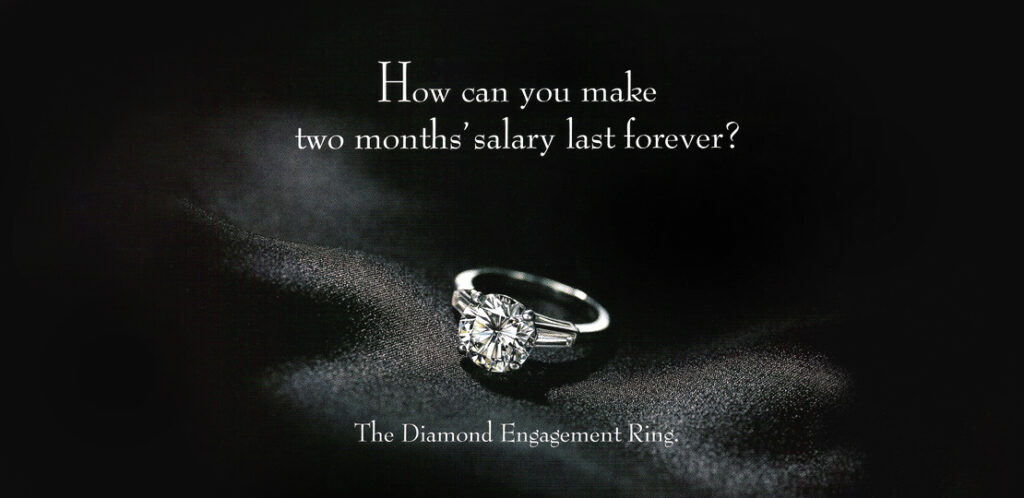
As consumers, we think we know why we buy.
The reality is more complicated.
Did you know that 95% of our decisions are driven by subconscious urges?
We are not rational agents making informed decisions. We are creatures of habit and instinct, making decisions more on gut feeling and psychological biases than rational consideration.
Let’s have a look at how human nature and economic principles are used in marketing, exactly …
What is behavioural economics?
Behavioural economics is an academic discipline which studies the effect that psychological factors have on our economic decision-making.
The purpose of behavioural economics is to better understand decision-making and predict human behaviour in certain situations.
When it comes to our behaviour, our decisions can be swayed by things as large as the political system in our country, or as small as the number of products we have to choose between.
In short, behavioural economics predicts illogical human behaviour.
6 Behavioural Economics Examples
- Free trials: The “get it free for a limited time” approach plays on loss aversion, making users feel they’ll miss out if they don’t act.
- Discount pricing: Ending prices in “.99” leverages the mental accounting bias, tricking our brains into perceiving a lower price.
- Limited time offers and scarcity: We might buy something if it’s on sale for a limited time only, or if there’s limited stock available.
- Social proof: We trust and buy products that other people seem to approve of.
- Loss aversion: People feel the pain of losing something more intensely than the pleasure of gaining something of equal value.
- Framing: The way information is presented can influence our choices.

How is behavioural economics used in marketing?
Behavioural economics studies how a customer’s purchasing choices are influenced by factors that are seemingly unrelated to the product itself. These factors can be psychological, cognitive, emotional, cultural or social.
The core principle of marketing is to ensure that the consumer chooses your business over a competitor. Behavioural economics aids marketing strategies by understanding how consumer decisions can be influenced. Behavioural economics is about understanding, not manipulating, consumers.
Marketers can use these biases to craft ethical and informative campaigns that resonate with the target audience. “Nudges” are subtle cues that steer consumers towards a desired action without taking away their freedom of choice.
As a result, making small changes to the product, the branding or the choices you offer can massively influence consumer behaviour.
So, what is behavioural economics marketing (BEM)?
Behavioral economics marketing is a technique that leverages insights from behavioral economics to understand and influence customer decision-making. Traditional economics assumes people make rational choices based on logic, but behavioral economics recognizes the emotional, psychological, and social factors that shape our purchases.
By understanding these influences, marketers can craft more effective campaigns that nudge consumers towards desired actions. Here’s the gist of it:
- People aren’t always rational: We make choices based on emotions, habits, and social pressures too.
- Behavioral economics identifies these biases: It helps marketers understand how things like framing, scarcity, and anchoring affect decisions.
- Marketing leverages these biases: Campaigns can be designed to address these influences and subtly guide consumers.
For instance, highlighting limited-time offers (scarcity) or showcasing social proof (positive reviews) can incentivize purchases.
Nine brilliant examples of behavioural economics in marketing
Behavioural Economics Principle #1: The power of FREE
One of the most powerful words you can use in marketing is “Free”.
That’s why you’ll see supermarkets advertising “Buy one, get one free”, not “Buy two products, get 50% off”.
While both of these deals are fundamentally the same, consumers will get a lovely hit of dopamine when they see the word “Free”, and that will be reinforced when they take advantage of that offer.
A typical example in marketing: Subway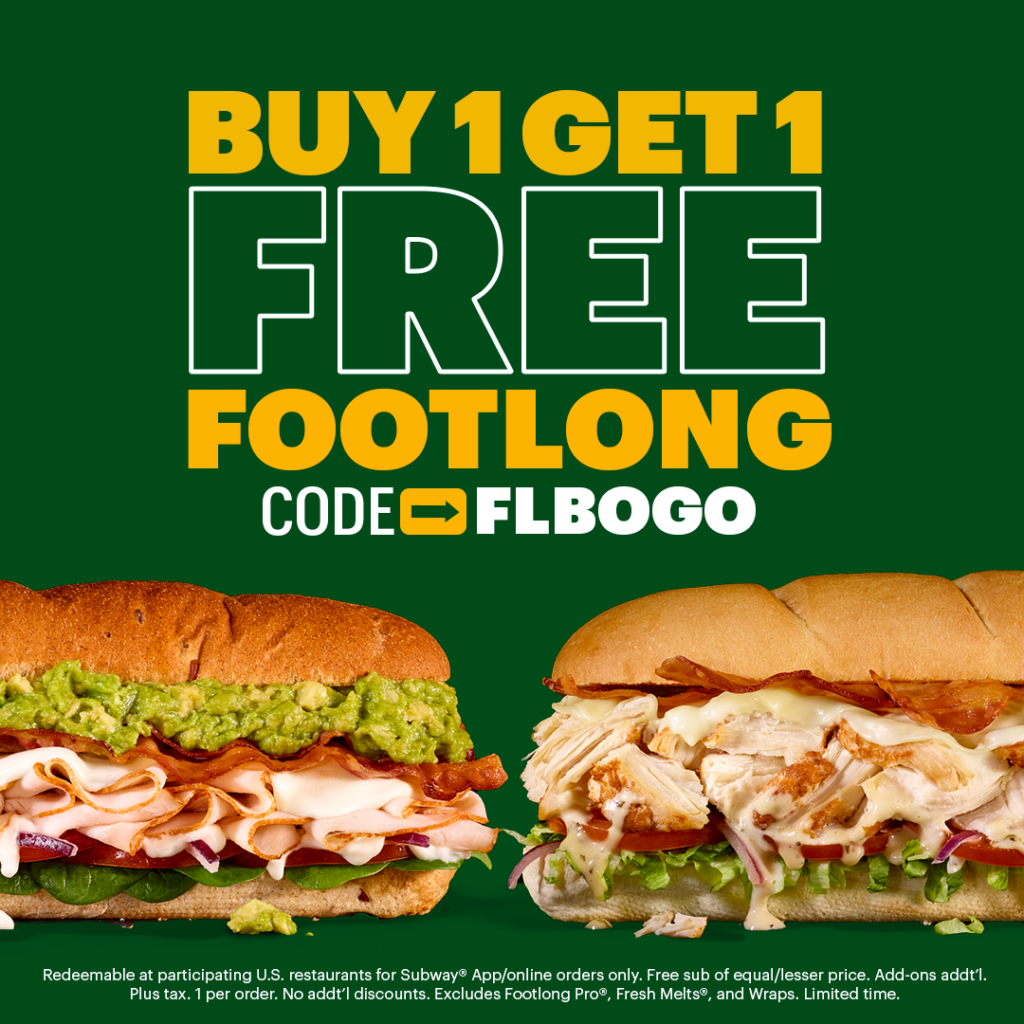
While a lot of brands are moving away from such deals – as customers start to see through the gimmick – brands like Subway still roll out “Buy one, get one free” deals for events like World Sandwich Day to get customers through the doors.
Behavioural Economics Principle #2: Social proof
Social proof is one of the most powerful tools in behavioural economics, particularly in online marketing. It is the tendency to be swayed by other people’s choices, especially in ambiguous circumstances.
People are more likely to buy products or services that are popular to gain social standing amongst their peers, which is why so many consumers read online reviews in order to gauge how trustworthy a company is – in fact, 81% of consumers trust a company with lots of positive reviews.
Typical example in marketing: UK government
The private sector is not the only sector that uses behavioural economics principles in persuading people to take a desired action.
Below is an example of the UK government using the principle of social proof to encourage more people to become organ donors.
Guess which landing page performed better – 1 or 2?
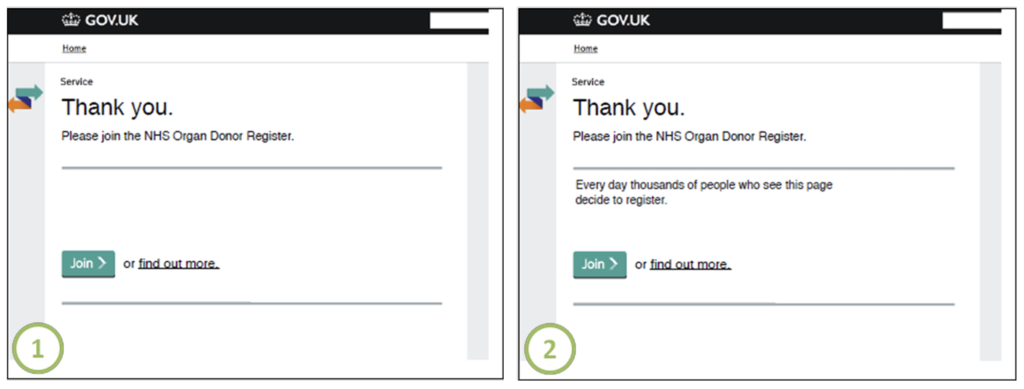
Yeah, you guessed it. B was the landing page that performed better. Social proof leads consumers to feel a greater sense of trust in the company, even if this is the first time they have visited the brand. For more on how to use social proof effectively and additional tips, check out this handy guide to creating awesome Shopify landing pages.
Behavioural Economics Principle #3: Scarcity
If you’re familiar with limited edition products, then you’re already familiar with the power of scarcity in behavioural economics.
Put simply, people tend to put more value on a product if they think there’s only a limited amount available, or if there’s only a limited window where they can buy it before it becomes unavailable.
Typical example in marketing: Starbucks 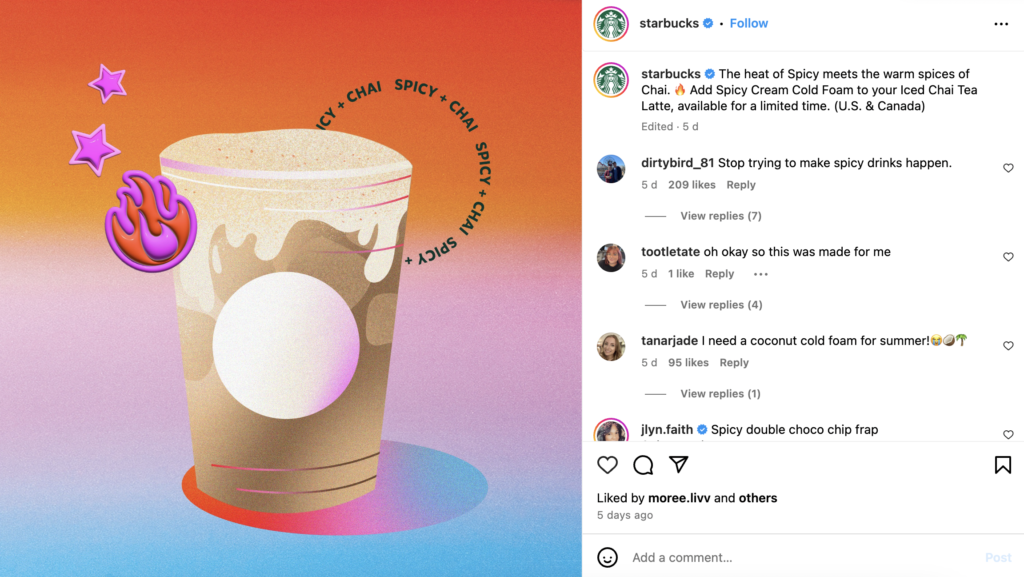
Starbucks is the master of scarcity marketing. We’re all familiar with the hype around Pumpkin Spice Lattes – and one of the main reasons for this is that they’re only available for a few months every year.
The coffee giant frequently releases special holiday food and drinks that are only available for short amounts of time, with the marketing of these products revolving around the phrase “Enjoy it while it lasts”.
Behavioural Economics Principle #4: Loss aversion
Humans are more afraid to lose what they have than to gain something they don’t have.
This basically means that the regret that comes from losing £10 weighs much more heavily in our minds than the enjoyment that comes from winning £10.
The loss aversion principle tells us that to demonstrate a product’s advantages to the consumer, we need to highlight what they are set to lose if they don’t make a purchasing decision.
Typical example in marketing: Amazon Lightning Deals

The best example of loss aversion is Amazon’s daily Lightning Deals. These are discounted offers that only last for a limited amount of time – 24 hours or less – and can only be redeemed by a certain number of consumers.
This limitation is the reason why this deals page is so prominent on the website, as it encourages consumers to make a purchasing decision quickly to avoid “missing out”.
Behavioural Economics Principle #5: Partial ownership
Almost every successful online membership company offers free trials.
By offering a free trial to consumers, you’re giving customers the feeling of ownership over that product or service, which develops an emotional attachment.
When the trial period ends, consumers have to choose between losing the product or paying to continue the service.
A typical example in marketing: Adobe
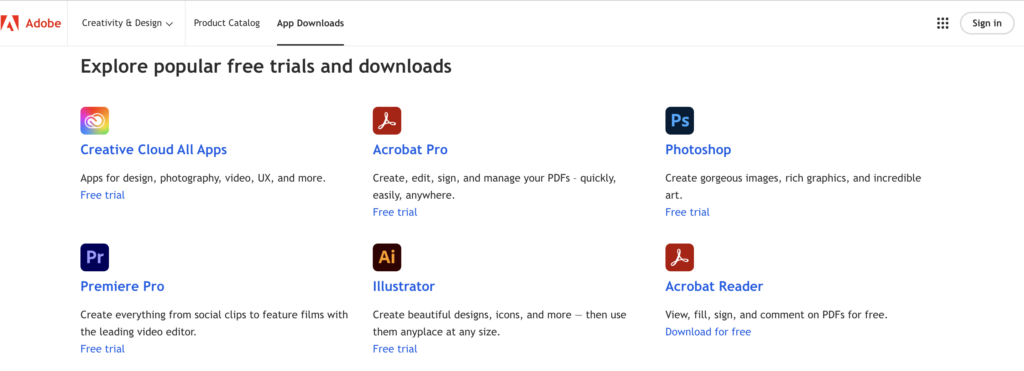
Customers new to Adobe can take out a 30-day free trial to see if the software works for them, which you’d think is a big loss-maker for the company – but it’s quite the opposite as people get used to using the software and don’t want to give it up.
Behavioural Economics Principle #6: Framing
Simply put, framing is highlighting aspects of your product in such a way that makes it more appealing to consumer emotions.
Typical example in marketing: Tesla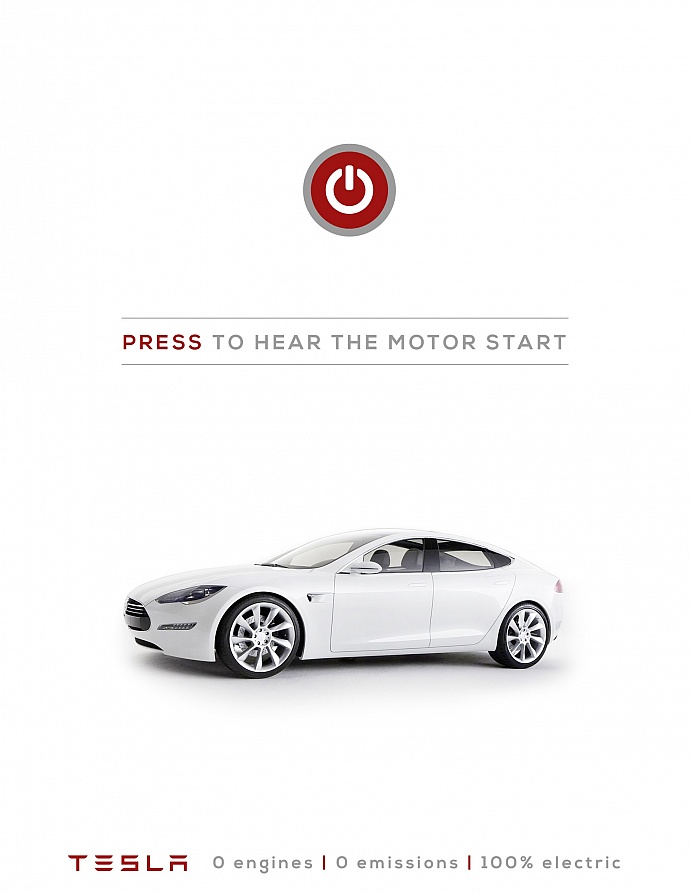
In this brilliant example from Tesla, the adverts are framed to highlight the aspects of the car that make it a unique product.
Tesla knows the customer is already aware of their brand and product, so these ads frame specific aspects (like how the car’s motor is silent) to emphasise how unique the product is.
It’s a simple message, but it’s one that helps to form an idea in the consumer’s mind that this product is something that will set them apart from other car owners.
Behavioural Economics Principle #7: Dominated alternative/ Third Decoy
The Dominated Alternative (also known as Third Decoy) principle shows us that when a third, less desirable option is introduced, it can influence which choice consumers make.
A typical example in marketing: Shutterstock
Shutterstock has multiple subscription based models at a variety of price points. The pre-selected Pack subscription is $46/month for 5 image downloads/month, making each image $9.20.
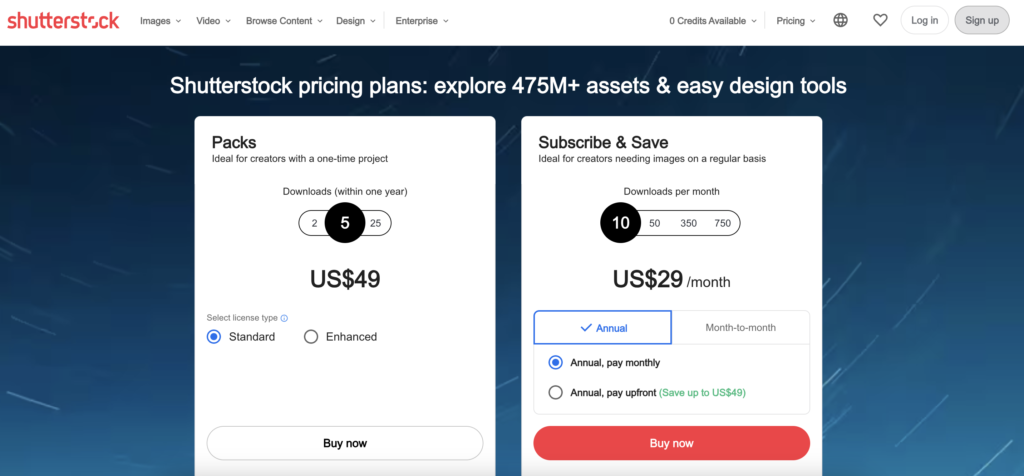
The cheaper options in this example appear to be decoys in order to make the more expensive subscriptions seem like better value.
As the cheapest option is $22/month for 2 image downloads/month, making each image $11, it makes sense to the customer to buy a more expensive subscription as they feel like they’re getting a better deal.
Behavioural economics principle #8: The choice paradox
Analysis paralysis is real, and more choice doesn’t always result in more sales.
When consumers are given more choices, they often feel overwhelmed and leave without making a purchase, or procrastinate in fear of making a bad decision.
A typical example in marketing: SiteGround
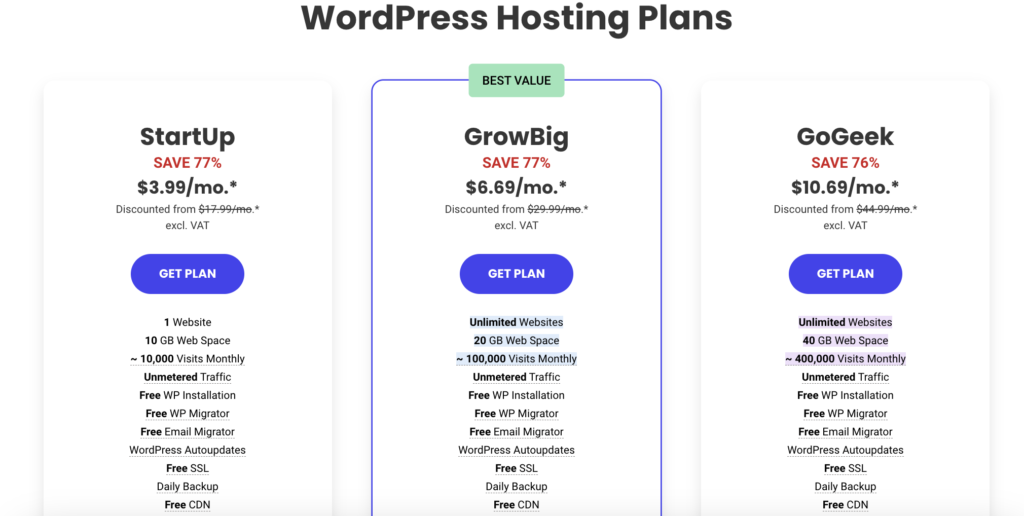
Like many other software-as-a-service providers, SiteGround offers customers 3 options to choose from when they first set up their WorkPress hosting service. But once a customer is set up, they are introduced to add-on purchases and additional services including managed transfers, SSL certificates, and more.
This strategy reduces decision fatigue and increases sales.
Behavioural Economics Principle #9: Anchoring
Once you know about the anchoring principle, you’ll start seeing it everywhere.
Our brains rely on a shortcut called anchoring bias to make sense of the world. This means we give greater weight to the first piece of information we encounter about something, whether it’s a brand, product, person, or even a city.
In the context of buying decisions, these “first signals” can be anything from persuasive website copy to media mentions or customer reviews. Each positive signal acts like a seed planted in your potential customer’s mind, creating a reference point they’ll use to evaluate your business and its competitors later on.
Typical example in marketing: De Beers
Before De Beers, extravagant diamond engagement rings (or their prices) weren’t the norm. In the 1930s, they launched a clever marketing campaign that, for the first time, linked a diamond’s worth to a significant portion of a man’s salary (a month’s salary at the time).
This arbitrary suggestion, coupled with their iconic “Diamonds are Forever” slogan, effectively anchored the idea of expensive diamond engagement rings in popular culture. Decades of De Beers’ marketing muscle cemented this association, shaping the diamond engagement ring industry and anchoring it in our minds as we know it today.
Summary: Importance of behavioural economics in marketing
Behavioral economics offers a lens to see beyond traditional economic models and delve into the emotional, social, and psychological factors that influence our choices. Specifically, it studies the effect that psychological factors have on economic decision-making, providing insights into why people might act irrationally in markets. This field helps explain the complex interplay between human behavior and economic outcomes, making it a valuable tool for understanding real-world economic dynamics.
Understanding how behavioural economics principles are used in marketing is super important if you are looking for shortcuts to business success. By incorporating these insights, marketers can craft more effective and ethical campaigns. Highlighting limited-time offers (scarcity), showcasing social proof (reviews), and employing smart framing techniques can all nudge consumers towards informed decisions.
Ultimately, behavioural economics marketing creates a win-win situation. Marketers gain valuable tools to improve campaign effectiveness, while consumers benefit from a more transparent and persuasive marketing landscape that allows them to make well-informed choices,

